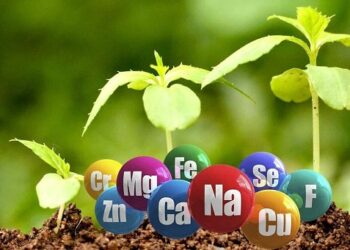The whole variety of devices designed to connect or fasten various elements of various structures, structures, as well as machines and mechanisms, is commonly called a short, capacious generalizing definition – building fasteners.
Construction fasteners are the most diverse both in terms of the method of fastening they perform and in the materials used for their manufacture: mainly steel, various stainless alloys, aluminum, sometimes plastic. From a long list of fasteners, the most actively used nails, screws, bolts with nuts, self-tapping screws, screws, anchors, all kinds of dowels, studs, rivets, etc.P.
Often, and quite justifiably, fasteners include t.n. rigging – cables and thimbles for them, eye nuts and eye bolts, carabiners, turnbuckles, U-bolts, threaded pipe plugs with a din 908 flange or a hexagonal head, chains, clamps, clamps, etc.d.
In the presented variety of building fasteners, two large groups are distinguished according to the main features:
– metric products (or “hardware”) – parts with a certain thread pitch: bolts, nuts, screws, etc.P.;
– all variety of screws, self-tapping screws, anchors, dowels, etc.d.
Bolts are often confused with screws, which, despite their outward resemblance to a bolt, are a separate type of fasteners: the threaded screw shaft is crowned with a head with a slot for a screwdriver – semicircular or countersunk, not protruding above the surface of the attached part.
All construction fasteners, which belong to a higher quality category, are coated with a special coating for corrosion protection – chromium or cheaper zinc, which is designed to increase the service life up to two times. And, despite the 20% addition to the cost, such parts are in great demand – at least half of all hardware sales.













